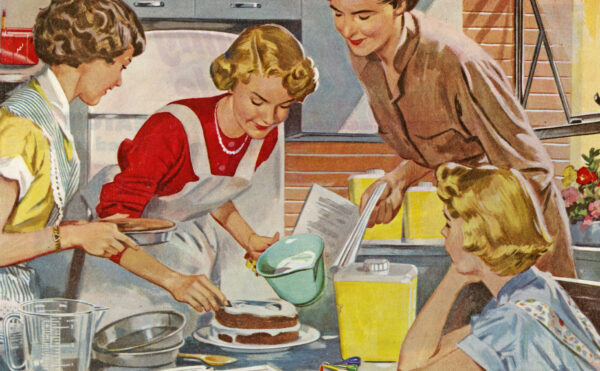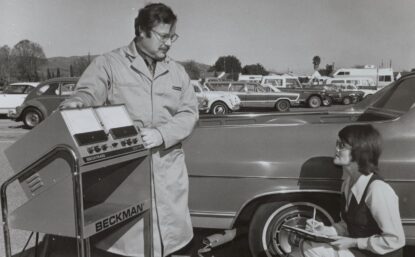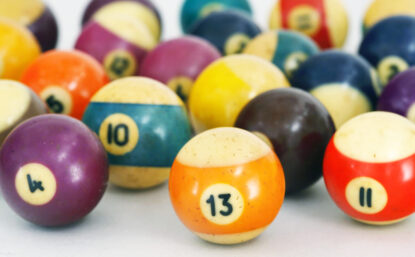The Human Side of Science
Who does science? Science is a human endeavor, and scientific and technological knowledge—what we know about the natural and material world—is created through the work of many people.
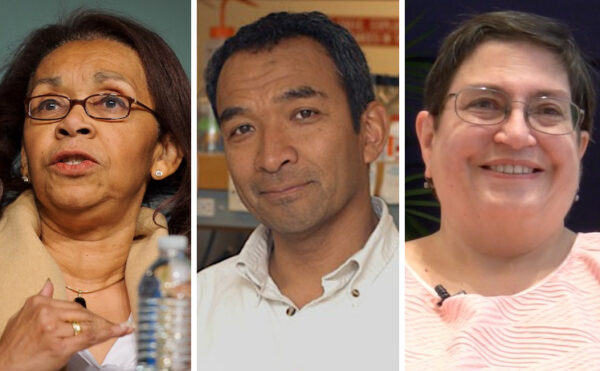
CENTER FOR ORAL HISTORY
Voices of Science
This oral history project shares the stories of five individuals who have faced personal, professional, and social challenges in their scientific careers.
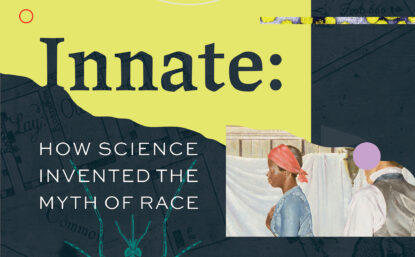
PROJECTS & INITIATIVES
Innate: How Science Invented the Myth of Race
This podcast and magazine project explores the historical roots and persistent legacies of racism in American science and medicine.
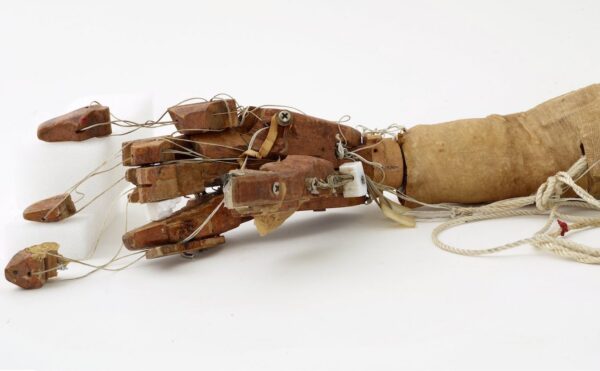
DIGITAL COLLECTIONS
Dr. Morris A. Robbins Collection
Concept models and prosthesis created by the orthopedic surgeon who lost his left hand as a teenager.
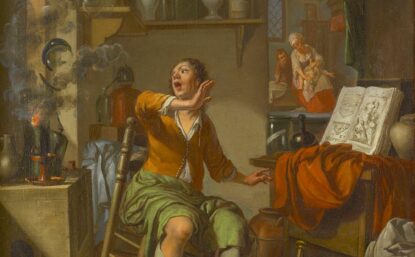
COLLECTIONS BLOG
What Does a Scientist Look Like?
Our oral history collection can help students reframe their images of scientists—and of themselves.
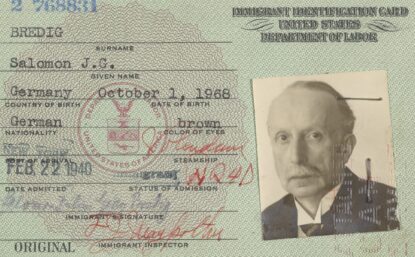
PROJECTS & INITIATIVES
Oral Histories of Immigration and Innovation
Listen to interviews with eminent scientists and scientist-entrepreneurs who immigrated to the United States in the 20th century.
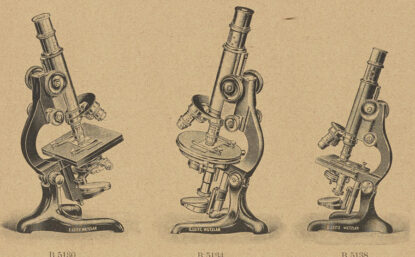
DISTILLATIONS PODCAST
Science and Disability: Is Seeing Believing?
Go deep into the history of how vision came to dominate scientific observation and how blind scientists challenge our assumptions.
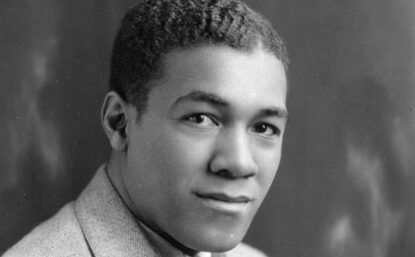
DISTILLATIONS MAGAZINE
Chemical Relations: William and Lawrence Knox, African American Chemists
For the Knox brothers, earning PhDs in chemistry was not enough to overcome discrimination.
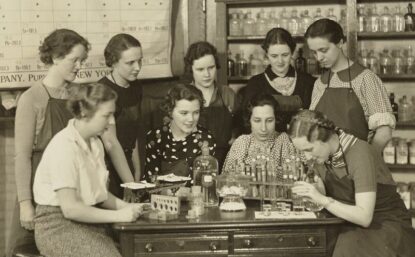
COLLECTIONS BLOG
Ladies Who Lab: Lesser-Known Women in Science, 1920–1970
Highlighting the work of 20th-century female scientists in our library collection.
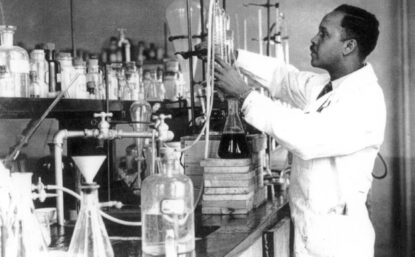
SCIENTIFIC BIOGRAPHIES
Percy Lavon Julian
The grandson of enslaved people, steroid chemist Percy Lavon Julian overcame racial barriers to achieve scientific, business, and personal success.
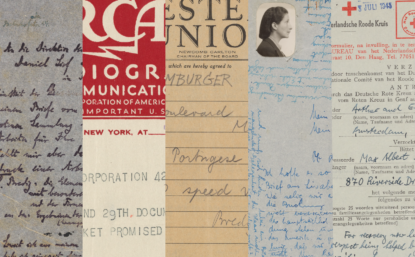
EXHIBITIONS
Science and Survival
This outdoor exhibition featured large-scale reproductions of correspondence documenting the Bredig family’s struggle to escape the Nazi regime.
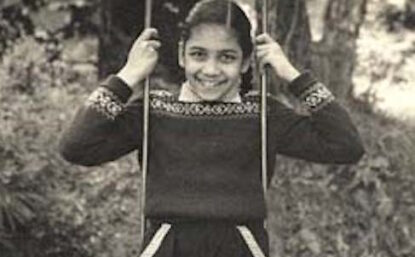
SCIENTIFIC BIOGRAPHIES
Uma Chowdhry
An ambitious teenaged Uma Chowdhry left her home in India to study physics and engineering in the United States.
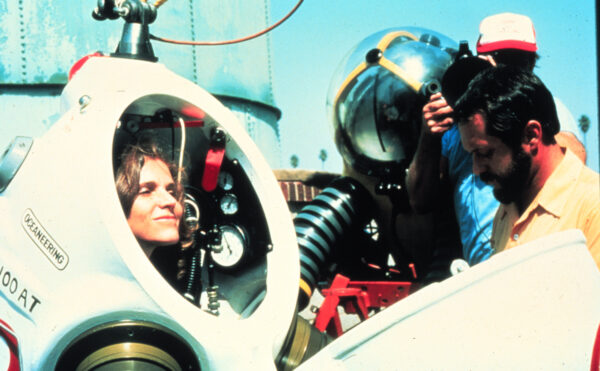
DISTILLATIONS MAGAZINE
Sylvia Earle and the Call of the Deep
Adventure and tangled interests under the sea.

